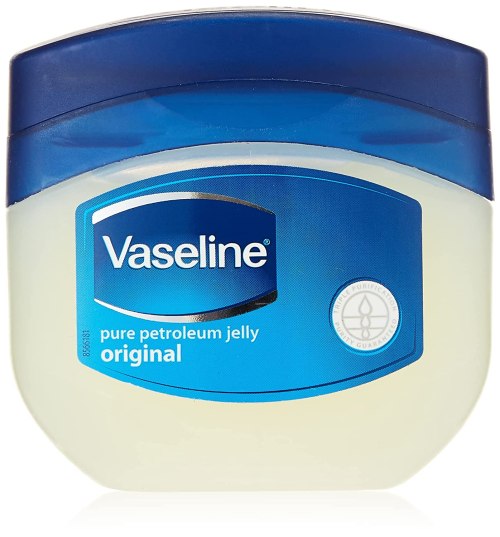Our editors independently select these products. Making a purchase through our links may earn Well+Good a commission
If you’ve never been to Alaska, it’s every bit as cold as you think it is. Winter temperatures can dip as low as -30°F—so for people living in this northern state, a solid moisturizer is essential. Most of what Anna Chacon, MD, a board-certified dermatologist who practices in the Arctic region of Alaska, sees in the winter is related to dry skin.
Experts in This Article
board-certified dermatologist at Dermatology Physicians of Connecticut and associate clinical professor in dermatology at Yale School of Medicine
dermatologist and founder of SLMD Skincare
“The skin that I see in the wintertime and with cold weather is truly impressive. There is a high degree of eczema and dry skin. The Arctic is like a frigid desert. There’s very little humidity and a lot of snow which typically begins around September and sometimes does not end until May,” says Dr. Chocan, who works seasonally at a clinic is at Samuel Simmonds Hospital and primarily treats the Inuit population (she spends the rest of the year based in Miami, where she sees a totally different slew of skin issues). “A lot of my patients practice a lifestyle called subsistence, during which they hunt and gather their food to survive.”
To keep skin moisturized and hydrated in this area, Dr. Chocan says it is essential to follow a gentle skin-care routine. In addition to wearing SPF 30 or above sunscreen, Dr. Chocan says the best product for dry skin is Vaseline. “Regular and thorough hydration with Vaseline petrolatum or a similar emollient is equally as important and essential” as using sunscreen.

Vaseline — $4.00
Vaseline is a favorite among dermatologists because it’s exceptionally moisturizing and has a very simple ingredient profile that makes it safe for even the most sensitive skin types. Anyone can use it to help prevent chapped lips, soothe irritated skin, and treat wounds, and people with super-dry skin can even use it as a daily moisturizer.
“Petroleum jelly is very occlusive, meaning it works to keep moisture from leaving your skin by blocking exposure of the skin to air, because dryness in the air can really pull moisture from your skin,” dermatologist Sandra Lee, MD, aka Dr. Pimple Popper and the founder of SLMD Skincarepreviously told Well+Good. “In some ways, that’s wonderful, as this type of thick formula can strengthen the skin’s barrier, making it less likely for water to evaporate from your skin and dry it out. However, this isn’t true for all skin types.” Dr. Lee says you should avoid petroleum jelly if you have oily or acne-prone skin, as petroleum jelly can make it worse.
Petroleum jelly has become a hot topic recently, as slugging—aka the K-beauty practice of topping off your moisturizer with a thick occlusive, like Vaseline—has been trending. Though applying a petroleum jelly-based product all over your face might be too much depending on your skin type, board-certified dermatologist Mona Gohara, MD says it can work wonders in small doses. “I use it morning and night,” she previously told Well+Good. “I just use small amounts to repair my skin barrier. In small amounts, it rejuvenates and hydrates the skin to help it glow.”
Learn more about caring for dry skin:
Oh hi! You look like someone who loves free workouts, discounts for cutting-edge wellness brands, and exclusive Well+Good content. Sign up for Well+, our online community of wellness insiders, and unlock your rewards instantly.
Sign up for the Well+Good SHOP Newsletter
Get exclusive deals on wellness, beauty, fitness, and food products that have been hand-picked by our editors.
Got it, you've been added to our email list.











